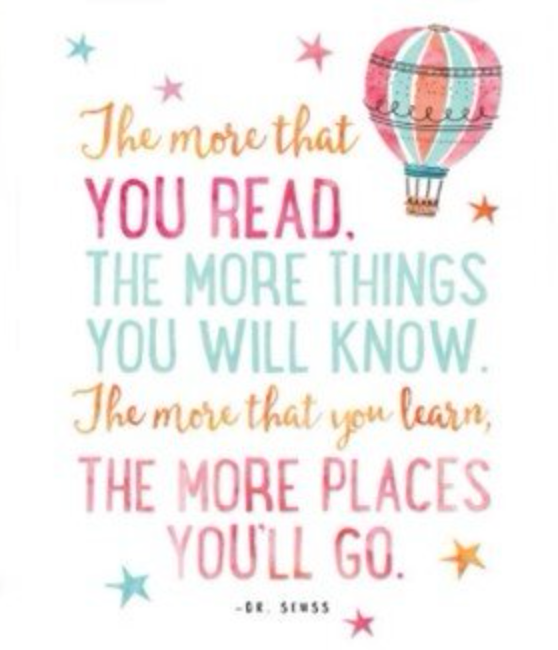Like riding a bike for the first time, learning to read may not come as naturally or easily to some as others. As parents, we know you only want to ensure the success of your children’s reading confidence, so today we cover the five key development areas that form this very foundation.
But first it is important to see what recent research shows us about a child’s learning to read journey…
What is the research telling us?
When it comes to teaching or supporting your child on their reading skill development, research commonly refers to explicit or direct instruction as the most effective method.
This, however, does not refer to a specific teaching program but a range of characteristics that programs may follow.
So what is Explicit Instruction?
Explicit instruction refers to a way to teach reading in a direct, structured way. It places a high priority on the skill of segmenting and blending words and their individual sounds. This approach is aimed at helping children start and succeed on a task through systematic lessons, specific feedback and opportunities to practice new skills. This technique encourages children to decode words so that they can then read new and unfamiliar words they come across.
Whilst using an explicit instruction approach, it is crucial to target 5 key areas to reading. We have summarised these below:
5 keys to successful reading!

Phonemic and Phonological awareness – The ability to break up and blend sounds and syllables in words, rhyming skills and segmenting sounds in words. This skill usually develops before a child enters school.
Examples of difficulties include: unable to break apart words into separate sounds (e.g. cat… c-a-t) and syllables (e.g. butterfly… but-ter-fly) and difficulty saying what the first or last sound is in a word.
Phonics – The relationship between the alphabet letters and their corresponding sounds e.g. the letter is ‘s’ and it makes a ‘ssss’ sound. An explicit teaching instruction would focus on each individual letter and it’s corresponding sounds.
Examples of difficulties include: unable to identify the sounds a letter makes, difficulty remembering letter sounds and mixing up sounds (e.g. identifying the ‘s’ sound as ‘t’)
Fluency – Refers to accurate reading sequences, at a good pace and with appropriate expression which appears effortless and natural.
Examples of difficulties include: words read incorrectly, slowly and with obvious effort. The reader may appear robotic and stilted when reading.
Vocabulary – Understanding and using a variety of words correctly and understanding the relationships between words. Children need to understand what words mean to comprehend the meaning of the text.
Examples of difficulties include: not being able to explain a word they have read, not following on with the passages or story read, unable to answer questions about the text they have read.
Comprehension – The ability to understand, follow and process what is read – this is the ultimate goal of reading. As children get older and into higher grades (typically Year 3 onwards) it is expected that they will be reading to learn.
Examples of difficulties include: difficulty answering questions about what they have read, trouble retelling a story, difficulty using information they have read and applying to other tasks.
So what can you do?
As you guide your child through their learning to read journey, ensure to focus on skill building activities that activate the five key development areas. This holistic approach to reading will help to boost your child’s sense of confidence as they become competent, fluent and independent readers.
The difficulties of learning to read
If you sense or believe your child is experiencing difficulty as they learn to read, there is certainly support around you. The team here at Bambini Health suggests:
Speaking to your child’s teacher about what program and supports they have in place to support your child’s reading.
Researching the available resources, we recommend the following:
Chatting to a speech pathologist about how we can help your child on their journey to becoming more confident and independent readers – enquire here
As with any major skill development stage of your child’s life, it may not come without it’s challenges – after all, learning to read is a big step for someone who wears such little shoes. Reach out if we can help support your child and family in achieving your goals.


Comments